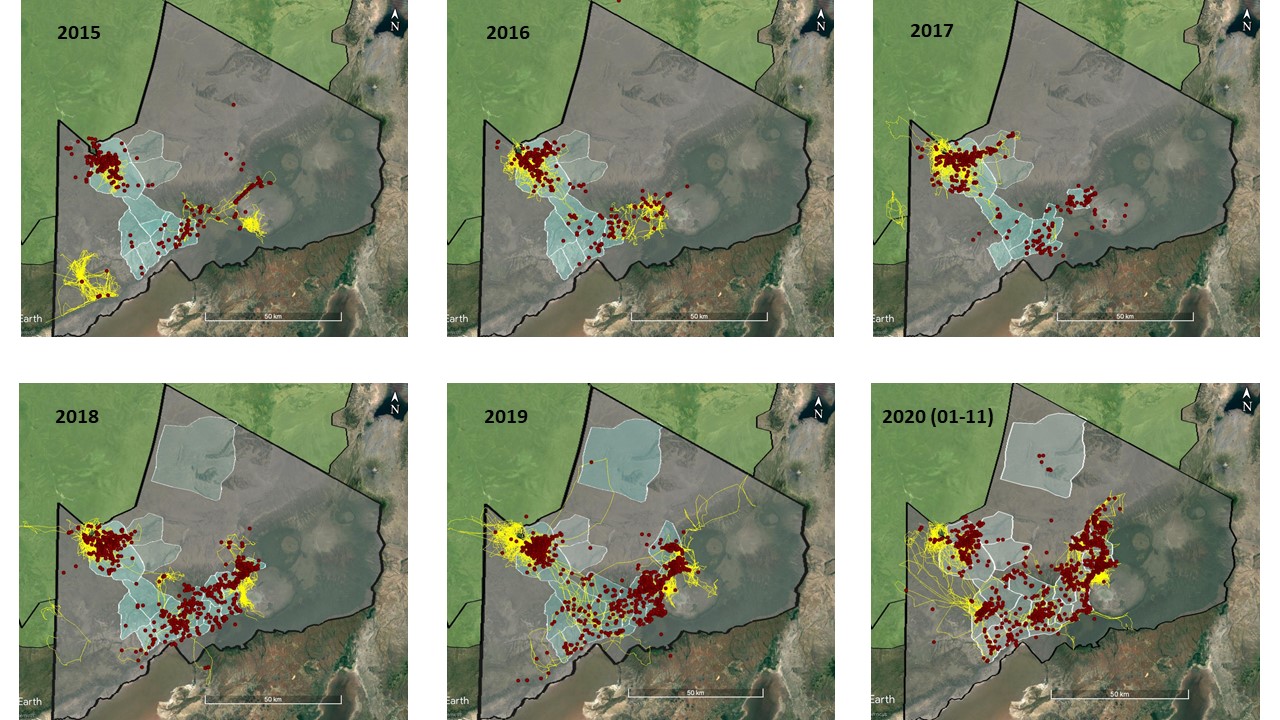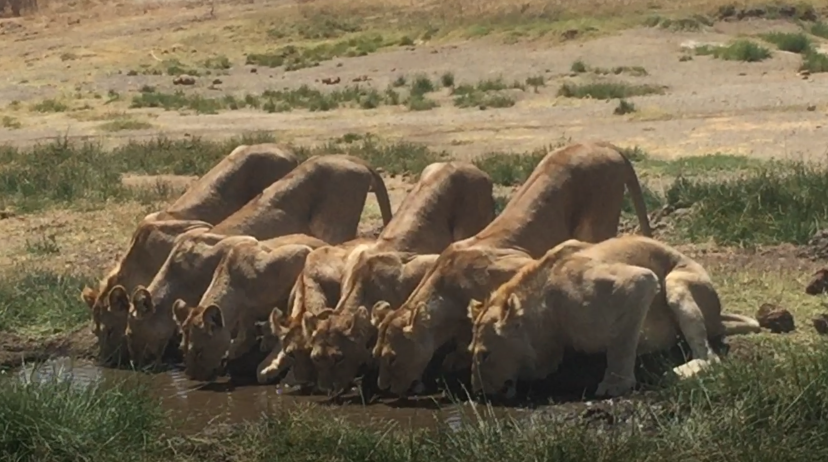The latest from KopeLion…
“ Living with lions is a bitter-sweet existence!
2020 has demonstrated the clear impact of KopeLion’s work – with 22% more observations of signs of lions on community land this year compared to 2019 and the number of lion signs almost doubling in the second half of 2020 with Laipangwa’s new pride recovering and settling in an area that lions have not frequented for years. While this indicates increased tolerance within the community, it is also largely thanks to the incredible hard work and dedication of the KopeLion custodians or ‘Ilchokuti’ as we call them in Maa.
Their efforts within their communities in mitigating conflict, through warning herders of the presence of collared lions, treating livestock attacked by carnivores, helping find lost livestock and repairing damaged livestock fences, has paid off! With our organization and activities expanding, our team has grown – both in size and in capacity. It warms my heart to see the KopeLion team reflect and appreciate the term community, as I was brought up to do. Together we’re strong and we’re enthusiastic about moving forwards into 2021 and using what we’ve learnt in 2020 to guide our work in raising awareness about lions, and easing the load of living alongside them, creating a conservation model that reflects the needs of the communities.
William Ole Seki Board of Directors “
Signs of KopeLion Success

Maps to show the change in lion observation over the last 8 years.
Pale blue = Lion Custodian zones; Red dots = lion observations by Lion Custodians ; Yellow lines = collared lion movements.
They've documented 22% more observations of signs of lions on community land this year, compared to 2019. Lions observations almost doubled in the second half of 2020, with Laipangwa’s new pride recovering and settling in an area that lions have not frequented for years, indicating increased tolerance within the community. In addition they report two success stories from KopeLion’s established Corridor of Tolerance - ensuring the safe passage of lions across community land between Serengeti National Park and the Ngorongoro Crater with the aim to increase the genetic diversity of the Crater lions. LAIPANGWA a 5-year-old male from the Ndutu region has been seen on many occasions by our Ilchokuti and herders in an area occupied by people and livestock. He’s in the company of up to 5 females and cubs identified as a splinter group from the Crater’s Lakes pride, now renamed the Lake Lopers. While we’re delighted that these lions are successfully recovering range, the conflict mitigation work is constant, and we’ve had to engage extra Ilchokuti at times to maintain high alert and conflict mitigation efforts to ensure the survival of both the lions and the livestock. Wildlife in the area is still relatively abundant but nevertheless cattle that have wandered off or been out late have been prey to this pride. A second example of the success of safe passage is NGUVUKAZI another 5-year-old male from Ndutu’s Masek pride, who arrived some years ago with a brother and has recently moved to the north west side of the crater rim and is now settling with a collared female called Noongoile, from the crater, and we suspect that he may be the father of her now large cubs.

